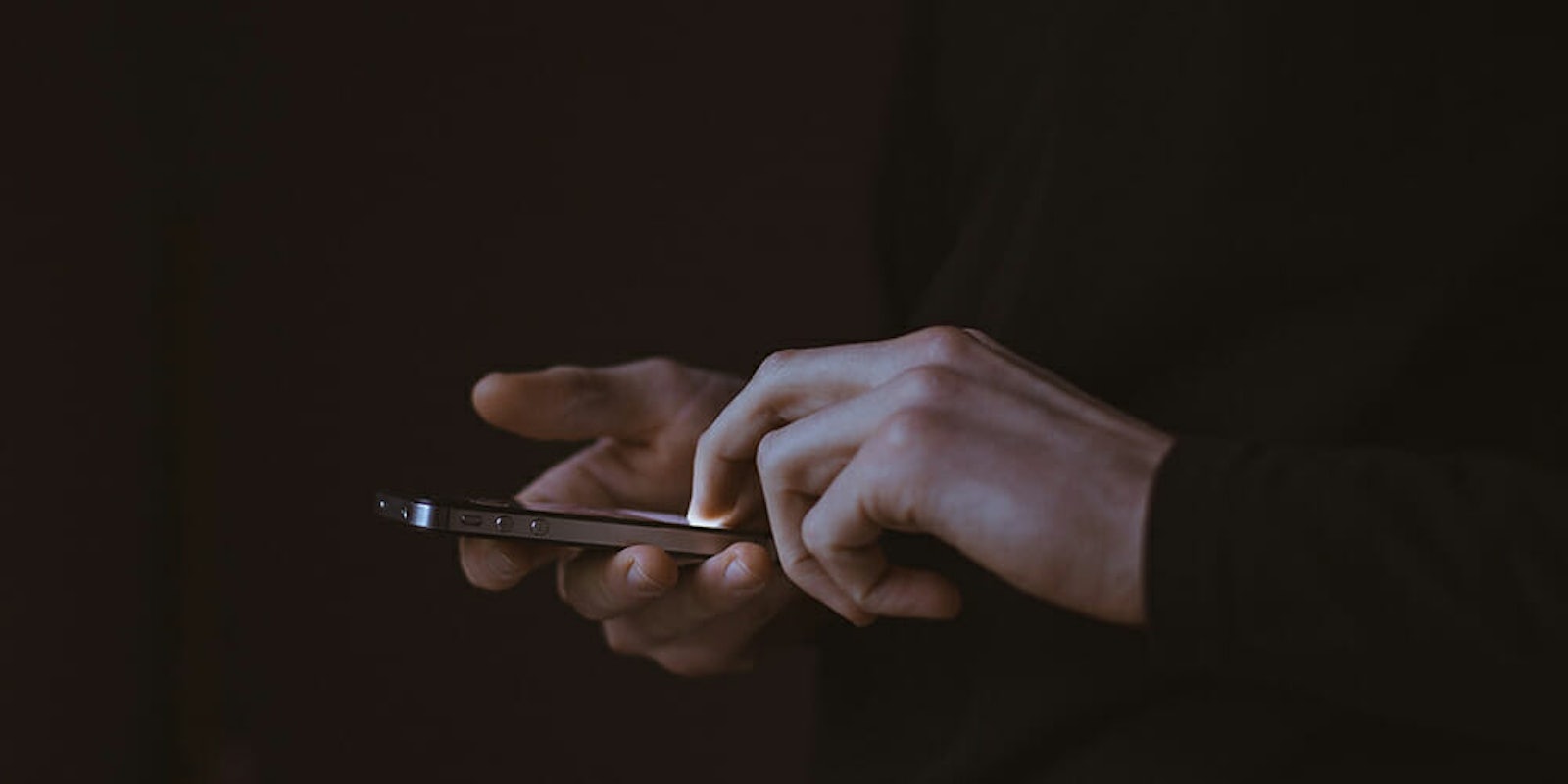People are debating how Instagram is handling potentially harmful images after the platform began censoring pictures showing visible self-harm scars.
In February of this year, Instagram announced a new approach to images related to suicide and self-harm on the site, explaining that while posts that “promote such activity” would be removed, guidelines still “allow for people to share that they are struggling.”
To mitigate potential damage from such images to people who shouldn’t see them, Instagram introduced “sensitivity screens,” which blur the picture and give a warning that the material might be offensive or disturbing before a user can click through to see it. This decision came after a teenager took her own life in 2017, and her parents blamed Instagram, finding that she had used the site to easily browse images of self-harm and suicide.
In many ways, this seems like the best possible solution. However, there seems to be an issue in where the line is drawn for what counts as images of self-harm. A picture of a fresh injury could obviously be triggering or disturbing, but what about the healed over scars from self-harm injuries? Some Instagram users are reporting sensitivity screens being put over their pictures for having visible self-harm scars, BBC reports, and they say it promotes a culture of shame around self-harm survivors.
Aria Sandvik is one of those people. When she posted a picture celebrating seven years free from self-harm, Instagram put a sensitivity screen over the picture. She reposted it later and tagged Instagram, writing, “My scars don’t bother me the slightest and I’ve made peace with having to live with them for the rest of my life, years ago. You, however, are signaling the opposite.” People have been sharing pictures with visible scars on Instagram using the hashtag #youcantcensormyskin to talk about the stigma around their scars.
https://www.instagram.com/p/Bx-FaTsncgF/
https://www.instagram.com/p/BwFD35-hQr3/
https://www.instagram.com/p/Bx2JMLgBR_t/
On the other side, some have argued that the scars could be triggering to people who are currently struggling with self-harm or recovery from self-harm. It’s unclear how a balance can be struck between celebrating recovery and respecting the struggles of those still on that journey. For many survivors, having the scars censored without their consent sends the message that they are not allowed to exist publicly without covering up and hiding their mental illness.
READ MORE:
- Facebook is still letting border militias organize on its platform
- Netflix says it will ‘rethink our entire investment in Georgia’ if anti-abortion law is enacted
- Right-leaning sites are dominating abortion coverage, spreading misinformation on Facebook
For more information about suicide prevention or to speak with someone confidentially, contact the National Suicide Prevention Lifeline (U.S.) or Samaritans (U.K.).
H/T BBC
